As Mumbai goes to polls next month, key voices from urban planning, environment, conservation, architecture and culture take the chance on World Heritage Day to offer suggestions for the future government to implement
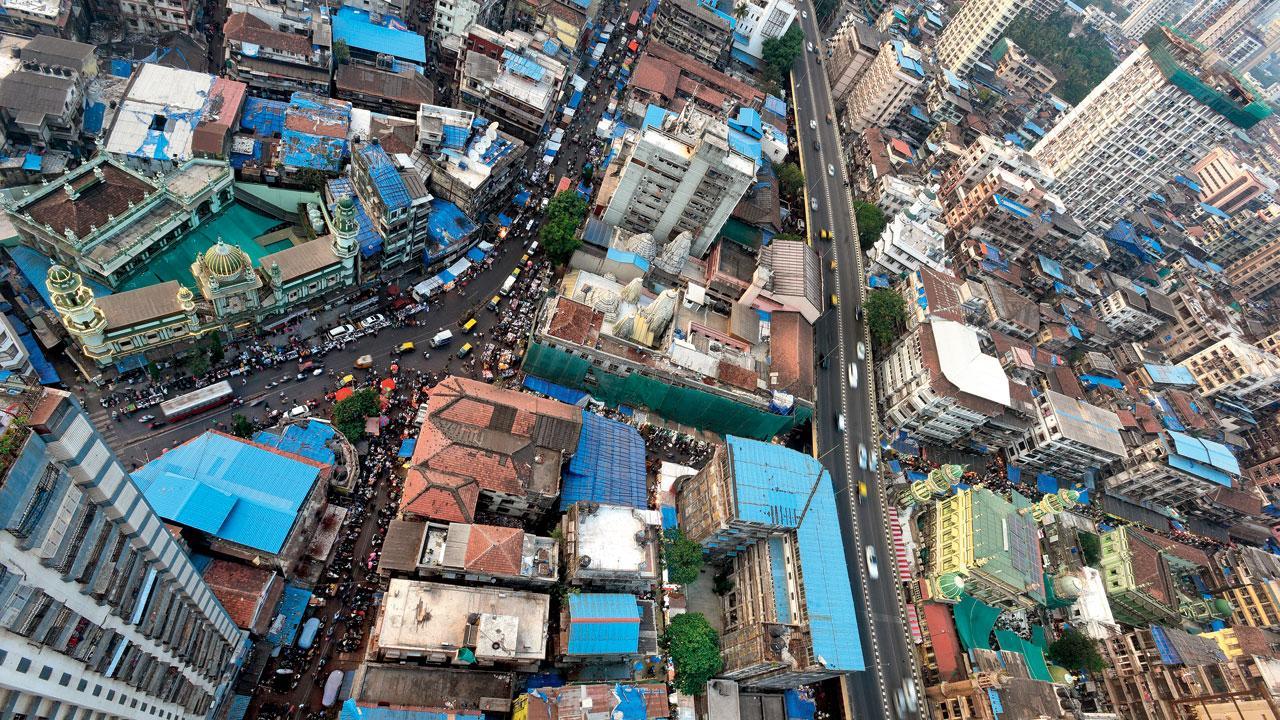
Mustansir Dalvi feels that conserving whole precincts moderates the influence of rampant gentrification, and provides a more wholesome civic realm to its inhabitants citing the example of what is happening with the Bhendi Bazaar Redevelopment Project today. Pic/Rane Ashish
Encourage spaces across neighbourhoods for cultural exchange
Khushroo N Suntook, chairman, National Centre for the Performing Arts
ADVERTISEMENT
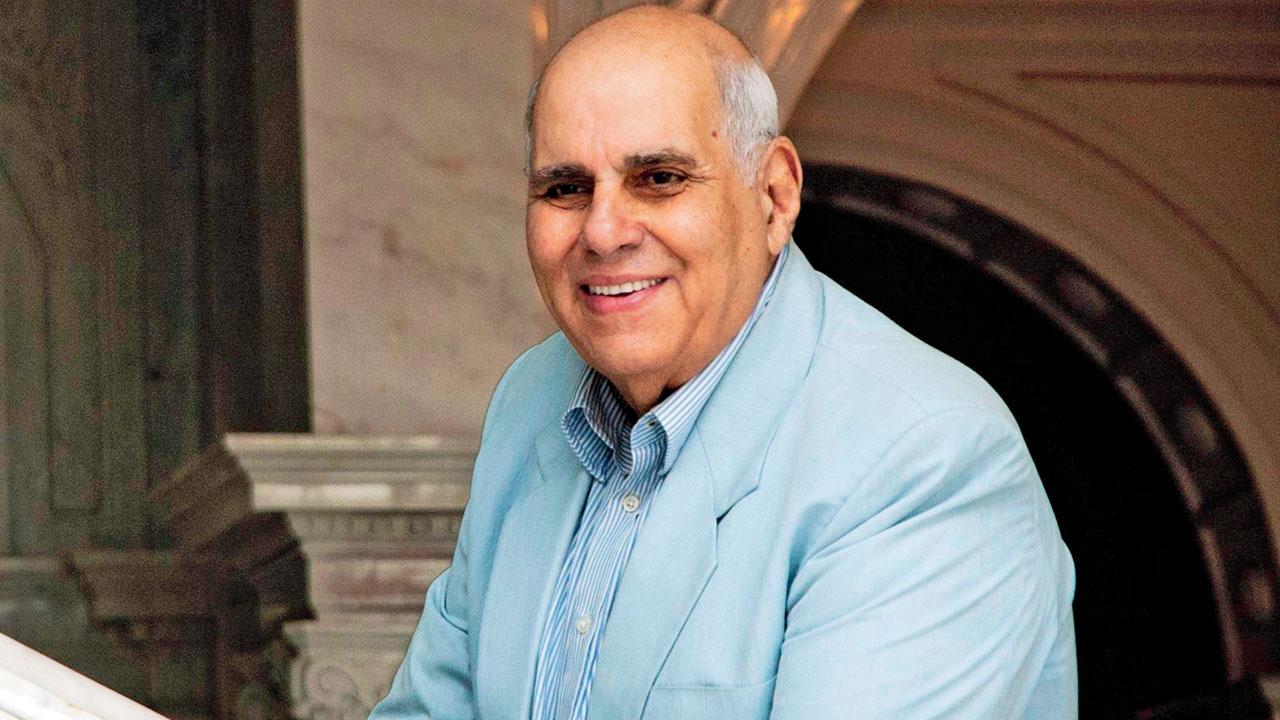
The city is home to some of the country’s most wonderful and well-preserved museums. But, we need more open and indoor art and culture spaces that can showcase art forms from across India and the world. Each neighbourhood should support the nurturing of spaces that encourage cultural engagement, especially for the younger generation.
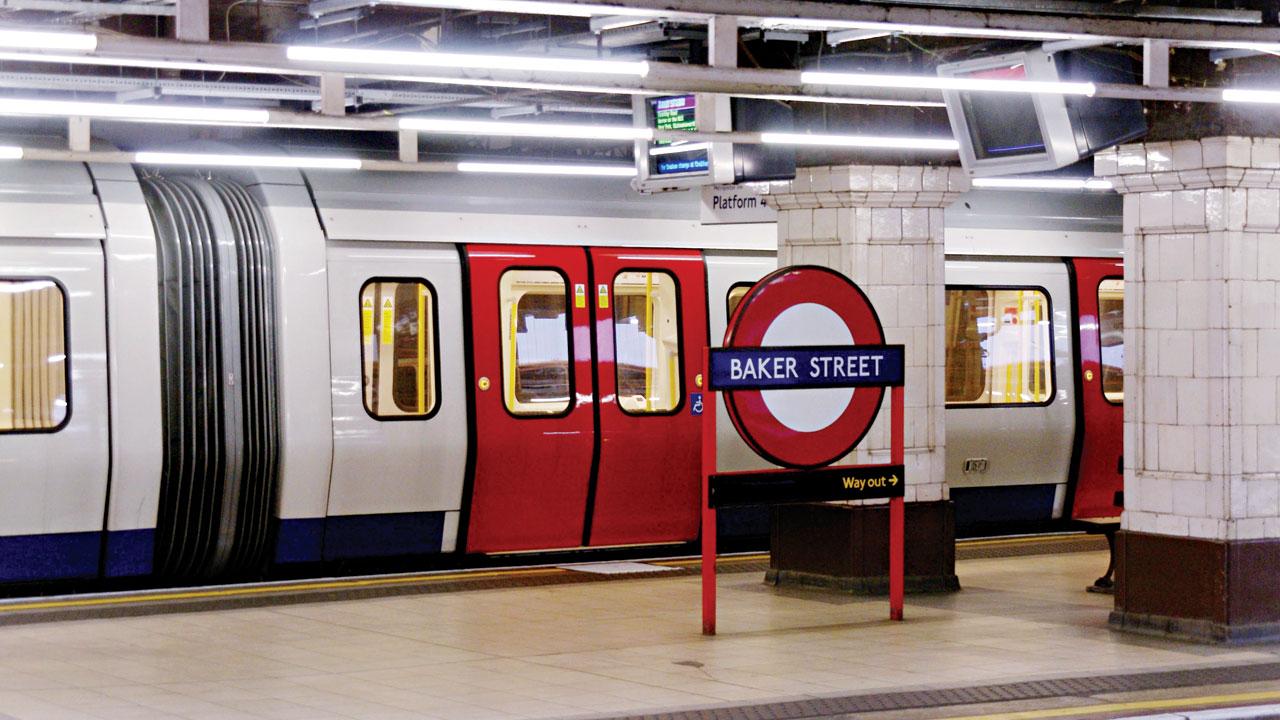
Anupam Sah points out the London Underground roundel (in pic: Baker Street)
While the city continues to produce world-class entertainment and sports events, there is still scope for better infrastructure to ensure a safe and seamless experience for the audience. These changes will allow us the opportunity to inviting artistes and intellectuals of international caliber.
Let’s not be copycats
Anupam Sah, art conservation-restoration specialist
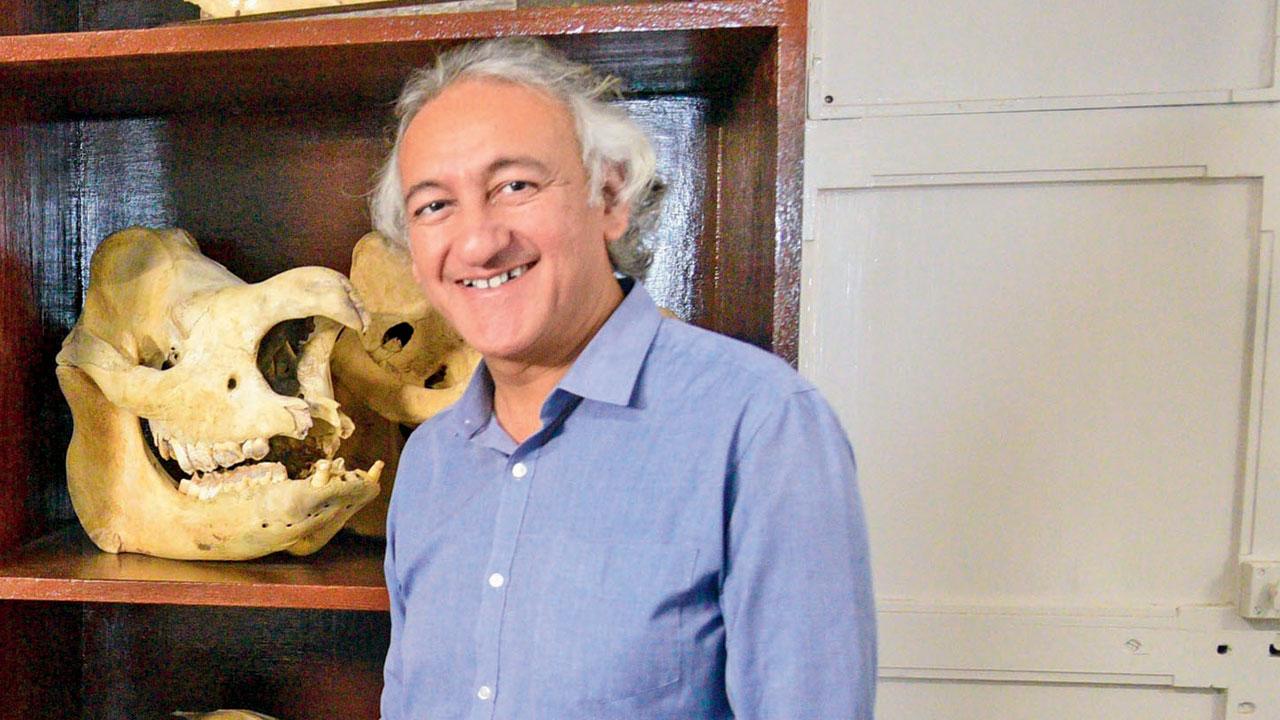
Mumbai has its history, with its tangible and intangible heritage elements. One of the most visible, iconic, and essential elements is the railway network. Sure, we are proud of the Mumbai locals. But, how and when did we plagiarise the London Underground roundel, designed over 100 years ago, by Edward Johnston, a typeface designer, and which has become one of London’s symbols? The symbol represents the frontal view of a train coming out of the tube, the train tunnel.
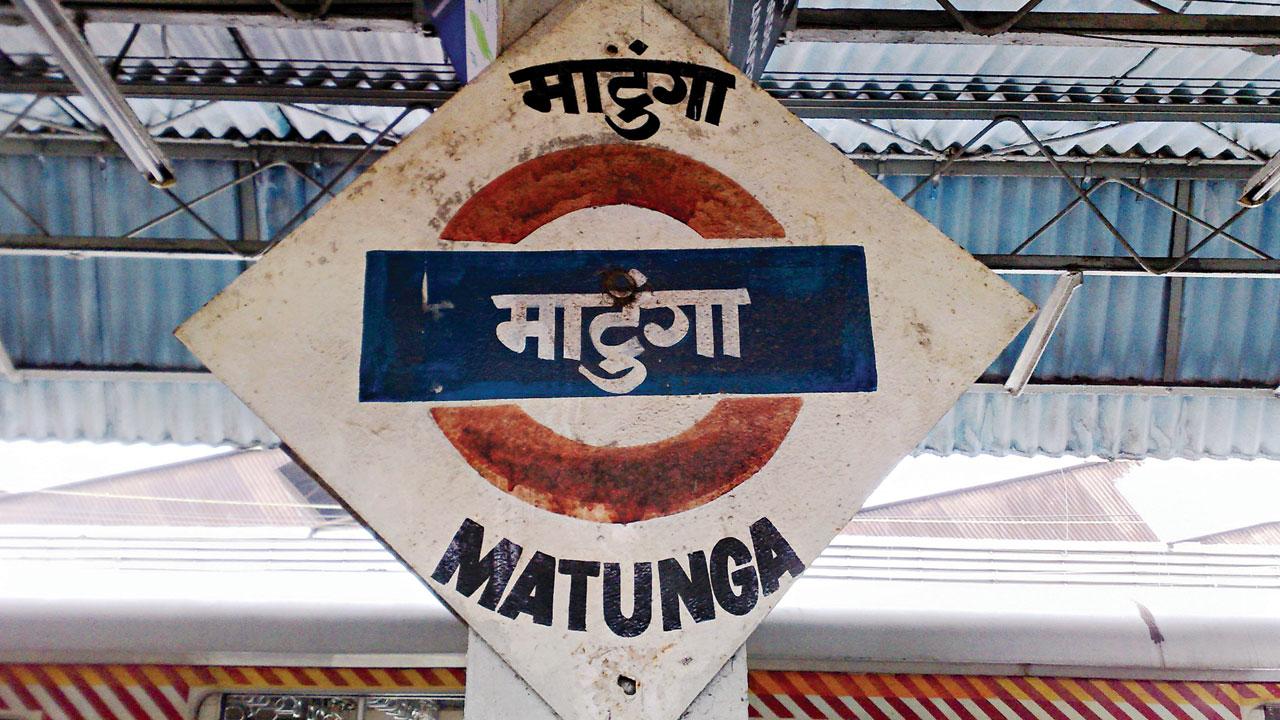
The striking resemblance with the Mumbai local railway station signage (in pic: Matunga railway station signboard). PICS/WIKIMEDIA COMMONS
We are neither bereft of sensitivity, creativity nor of design acumen. While it is wonderful to appreciate and get inspired by others’ efforts, let’s not mindlessly appropriate, as it is self-defeating. Even if the logo was copied, we should have realised that this signage font is so small that commuters can barely read it from the trains. Let’s pay attention to the need for consultative and thoughtful decisions, design, and processes, and prevent local heritage from getting coloured, erased or placed out of context.
We should protect our precincts
Mustansir Dalvi, professor of architecture, writer on urban matters

I would like to see heritage regulations that propose conserving precincts, rather than individual buildings. Conservation architects in Mumbai have been reasonably successful in preserving some of our city’s most iconic historical structures, but when it comes to neighbourhoods, they have fallen short, or been stymied by various vested interests or even weak regulations.
Precincts in Mumbai are necessary elements of the urban fabric and provide context and synchronies to places within the city. Mumbai has multiple precincts that display its historical styles, from the Konkan vernacular, to the neo-Classical and neo-Gothic, to the Indo-Saracenic and Art Deco, and beyond. They need to be preserved as a whole (and with buffer zones around them).
Precincts are fragile, as a single misstep can damage its appreciation, and open the doors for wholesale change. Want to see what can go wrong? Look at the skyline around Flora Fountain. Make a 360-degree turn around the Wellington Fountain near Regal to see the wealth of Mumbai’s architecture that needs preserving.
Conserving whole precincts also moderates the influence of rampant gentrification, and provides a more wholesome civic realm to its inhabitants. Case in point, the Bhendi Bazaar Redevelopment Project. Imagine the idea of preserving Murzban Colony at Lal Chimney preserved as a whole.
Restore arts venues
Shernaz Patel, theatre maker, artistic director-Aadyam

Auditoriums require urgent upgrades. The government should release funds to improve seating, backstage facilities, green rooms and restrooms. Artistes and the audience must feel comfortable. Light and sound systems require modernisation. Why not adopt one auditorium in every neighbourhood for a revamp? Some older Marathi theatres come to mind. In Bandra, the interiors of Manik Sabhagruh and Rangsharada need upgrades.
Mumbai requires more spaces for indoor and outdoor events across the performing arts. Where will hundreds of cultural groups perform? Parks and gardens, and school/college auditoriums can be adapted to accommodate weekend shows. Seek professional expertise for such upgrades because often venues look glitzy on the outside but lack quality facilities to stage shows. Our performing arts calendar should have all-year programming, and not just during festivals. Psychologically, people are turning to the arts, and we need the spaces to showcase it to them.
Review heritage guidelines
Atul Kumar, founder-trustee, Art Deco Mumbai
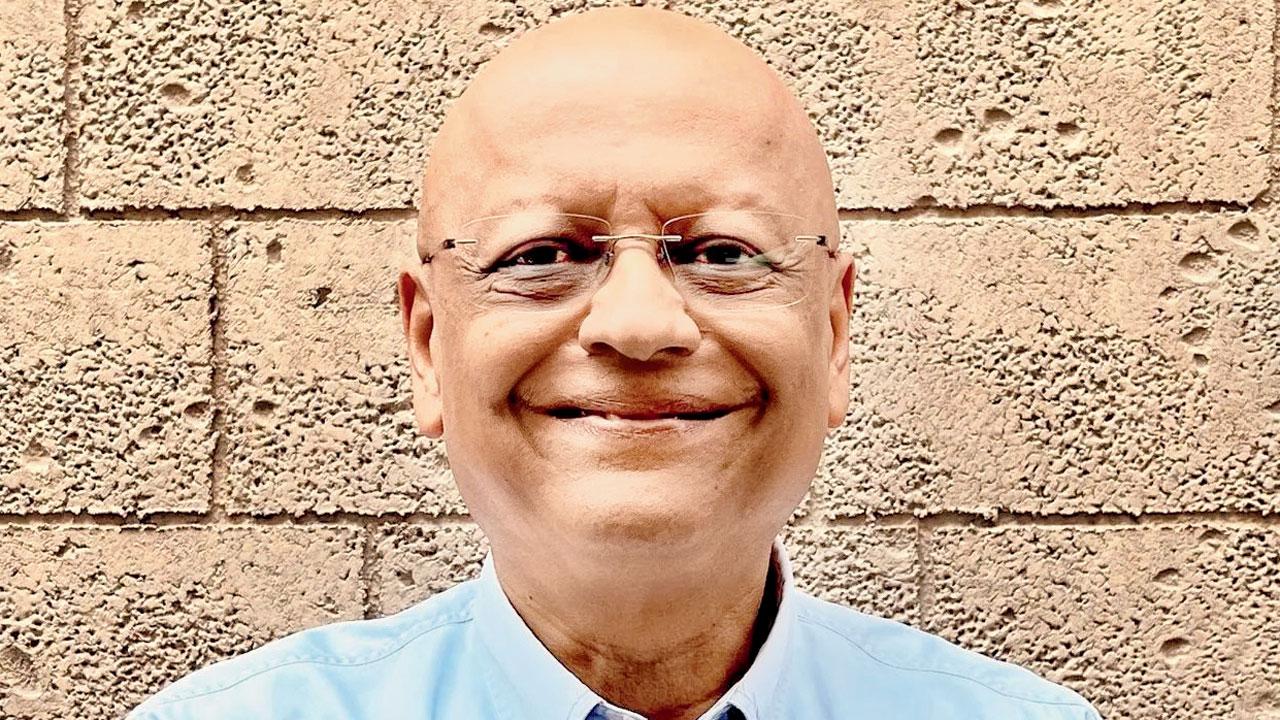
As a progressive city and ahead of its time, Mumbai was the first to adopt heritage guidelines in 1995. It is time to reaffirm that commitment and review the list of Grade 1, 2 and 3 buildings and add all the priceless ones that got overlooked. The list is long and it is never too late.
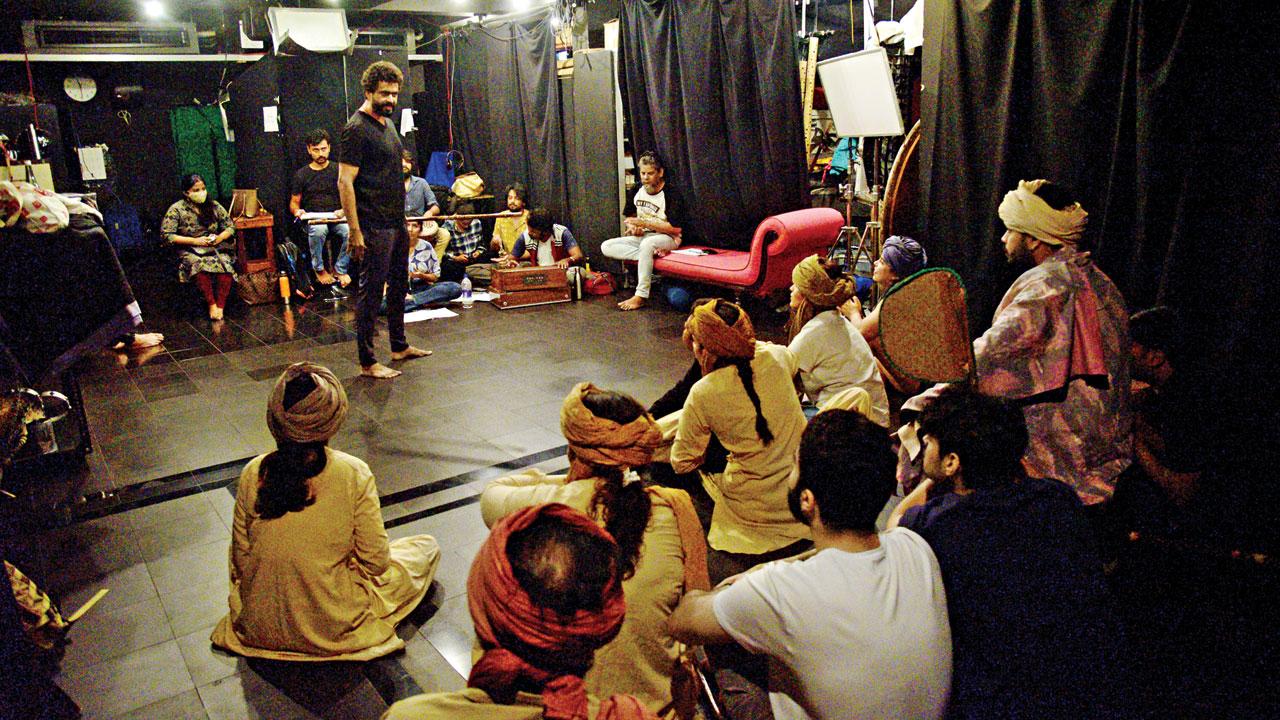
Both Khushroo Suntook and Shernaz Patel believe that Mumbai needs more neighbourhood spaces (in pic: Prithvi Theatre) for the arts to flourish
We need FSI controls, and let’s relook at redevelopment
Vikas Dilawari, conservation architect, founder of Vikas Dilawari Architects
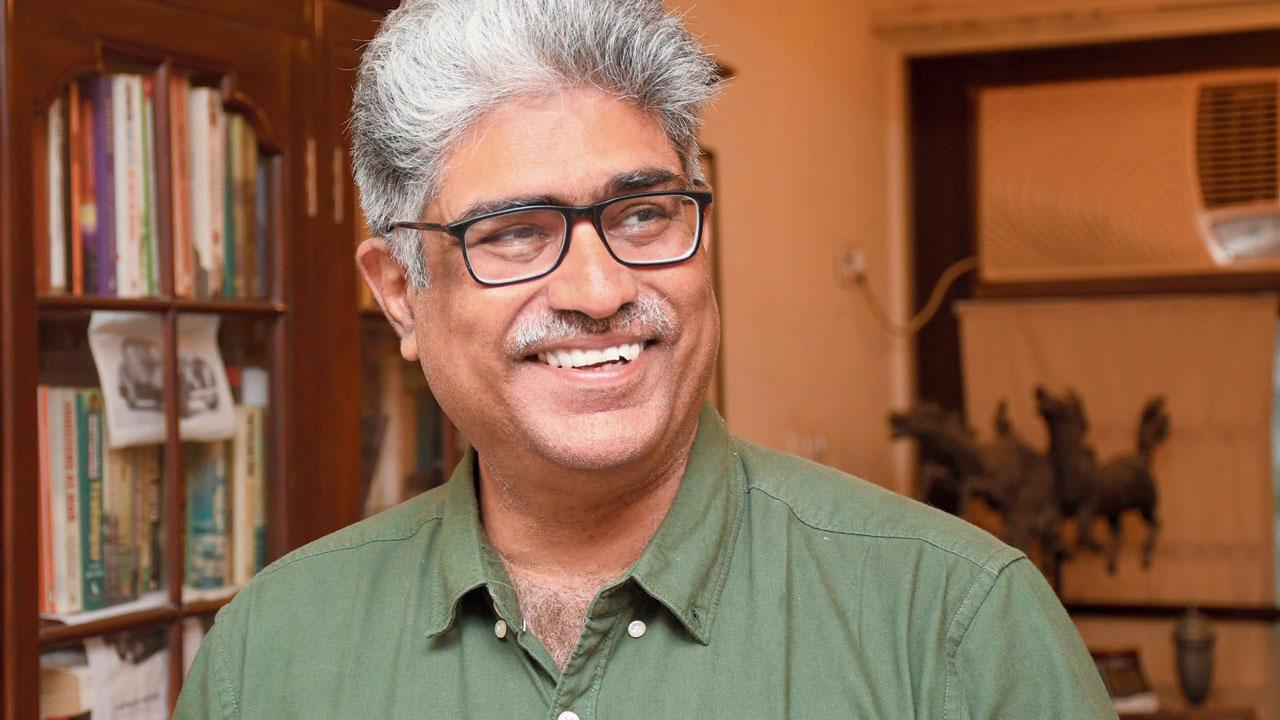
The state and central government should encourage conservation as an asset–from a sustainability point of view because it will help ready housing stock and not burden the fragile, century-old infrastructure. Secondly, the MHADA Repair Board should be revamped, or a new board be set up to sensitise them to the heritage conservation philosophy of using like-to-like material and opting for minimum intervention. There should be an increase in the Cess Repair fund from existing per square foot. We also need quick permissions for repairs and restoration to be given.
FSI controls are essential in heritage areas. However, in newer areas--the developing suburbs, etc—that may have better infrastructure and less or no heritage, the FSI can be raised. With redevelopment cases, cess should be introduced for demolishing and its funds should be used for conserving other heritage structures in that area; its salvage should be given to the new repair board to encourage the use of like-to-like material for other buildings to repair their stock. The impact of redevelopment on the immediate neighbourhood should be well deliberated. Finally, let’s reintroduce Rental Housing and Rent revision keeping in mind the maintenance and the residents’ economic status. It cannot be frozen, as is the case today.
Let’s identify green guardians when we vote
Bittu Sahgal, editor, Sanctuary Asia
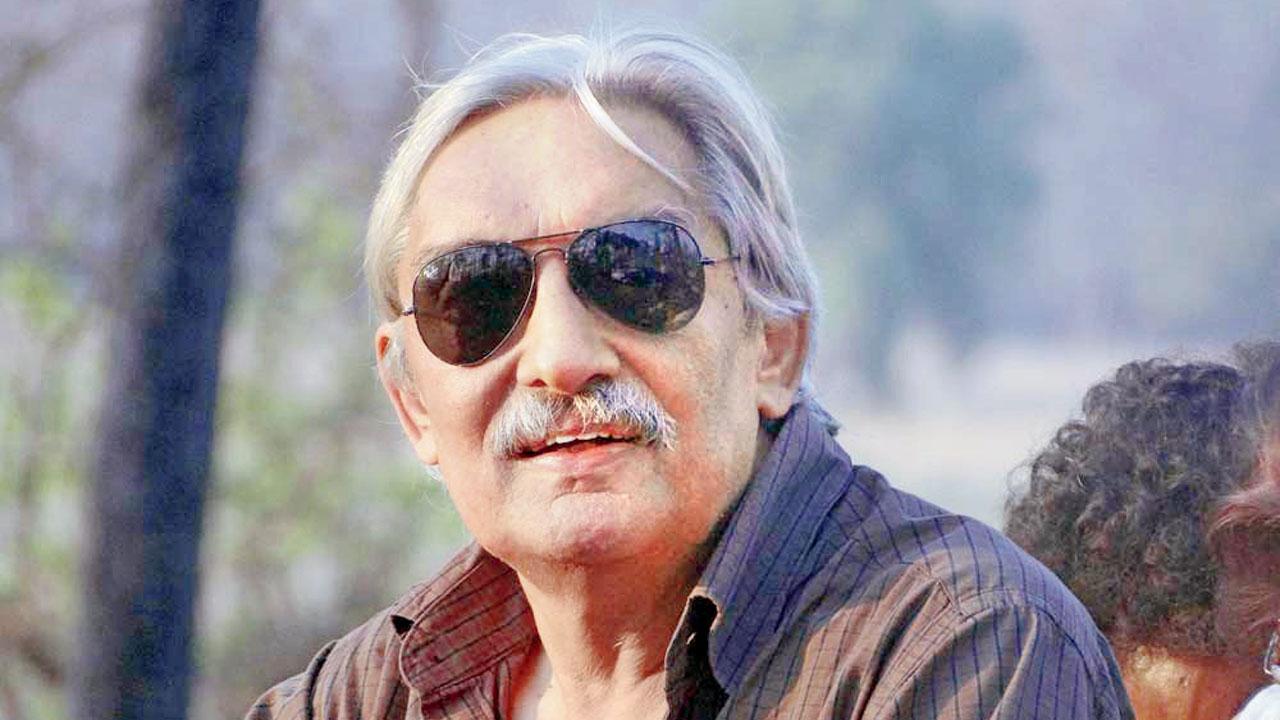
Voting is a complicated process. Despite different outlooks and priorities, we must agree that one issue trumps all others--our self-created climate crisis that caused the Mithi flood of 2005. More such catastrophes threaten the future of young Mumbaikars. In the polls, we should support candidates who care for Mumbai’s future. Our flyovers, bridges, and tunnels are important, but the youth must know that Mumbai’s finest infrastructure is the natural green garland of mangroves that skirt our coast, protecting us from sea surges.

The Thane Flamingo Sanctuary sequesters carbon, while preventing over siltation of the Mumbai Harbour. FILE PIC
We should also fiercely protect our open spaces including the 104 sq. km. Sanjay Gandhi National Park, which helps secure our climate and water security, the rich seascape that rivals the best in the world, including the Thane Flamingo Sanctuary that sequesters carbon, while preventing over siltation of the Mumbai harbour. The tree-studded wild pockets within private and public campuses that help moderate our climate and keep us healthy need our protection. Mumbaikars should vote for those candidates who value the urban natural heritage of the city on which our lives depend.
Preserve Mumbai’s tree cover
Nandini Somaya Sampat, principal architect, SNK Associates
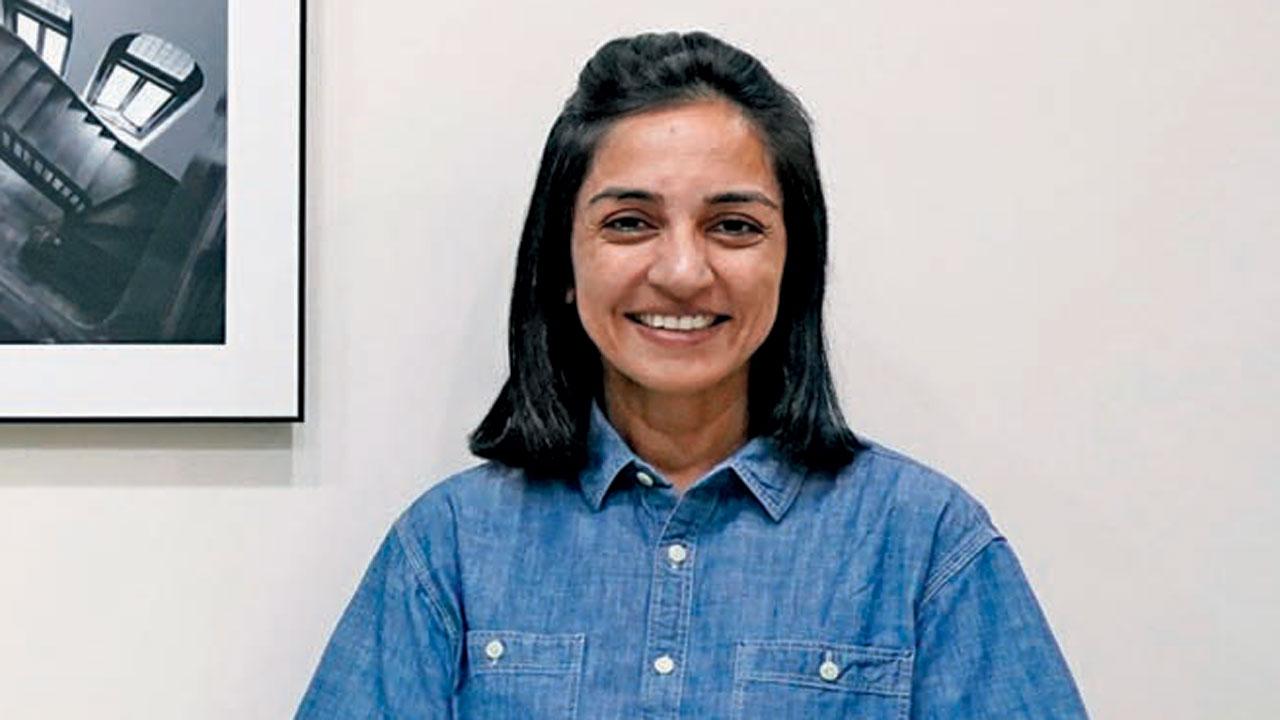
As the density of our cities increases we must think beyond built spaces and also protect open and recreational spaces. With a collective of professionals offering their services as citizens, I hope their thoughts are considered, to brainstorm on how these can be sensitively and effectively designed and implemented. We are losing our oldest trees, our mother earth, our ability to walk in a contiguous space, and on our promenades. Public open spaces should not just be concretised with open plazas which results in higher heat island effect.
We need to work around our trees, connect maidans and reroute the roads to accommodate connectivity, create parks with green cover, seating and amenities for all. In 2016, I initiated a campaign to protect a neem tree my family and I had grown up around. It was grand, tall and supported its own ecosystem. It would shade us in the rain and heat, surprise us with animal and bird visitors, and stood beautifully to greet us every day. It was the landmark of our neighbourhood. And one day, it was gone. No thought was offered to build the design around the tree. Trees are our city markers. When a citizen raises their voice to protect a tree, s/he must be heard. To quote Nelson Mandela: It always seems impossible until it is done. This too can be done together.
 Subscribe today by clicking the link and stay updated with the latest news!" Click here!
Subscribe today by clicking the link and stay updated with the latest news!" Click here!







